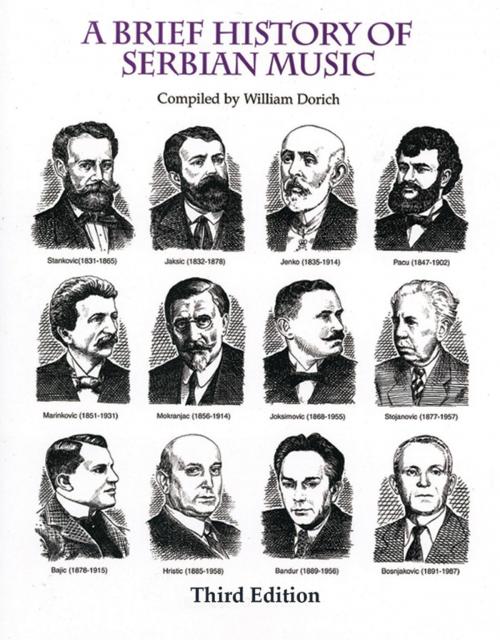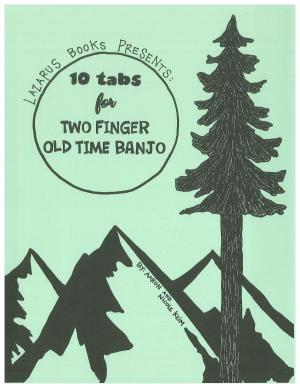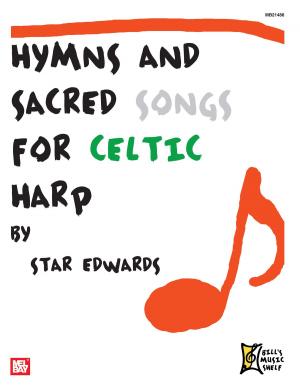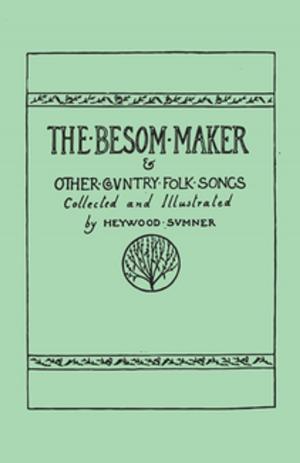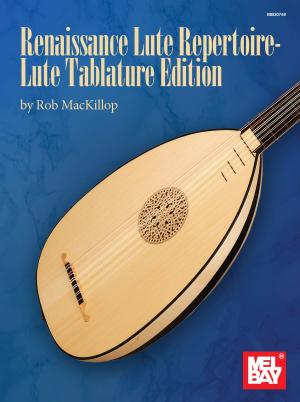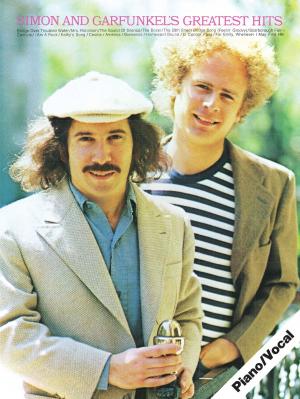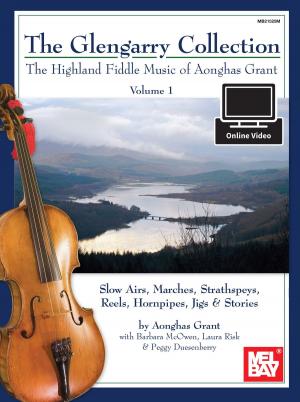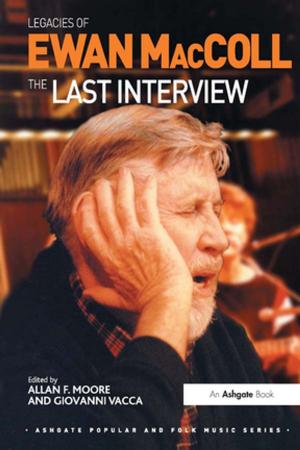| Author: | William Dorich | ISBN: | 9781882383917 |
| Publisher: | Graphics Management | Publication: | November 21, 2011 |
| Imprint: | Language: | English |
| Author: | William Dorich |
| ISBN: | 9781882383917 |
| Publisher: | Graphics Management |
| Publication: | November 21, 2011 |
| Imprint: | |
| Language: | English |
The only defenders of Serbian art and culture in these difficult centuries were the peasants who played the Gusle, a one-stringed instrument. As their punishment for playing a musical instrument many of these musicians were blinded by their oppressors resulting in thousands of such punishments. Being denied the right to music or dance, the Serbs invented a silent kolo (dance) in which the syncopation of the pounding feet became a sort of musical accompaniment to the dancers. This dance is still performed today in Serbia. Over these decades, the western parts of the Balkans were influenced by Renaissance culture, while the Serbian side "under Turkish rule" was forced into a state of dormancy. Serbian culture would not reawaken until the beginning of the 18th century, when the Serbs successfully threw off the bonds of Muslim Turkish rule, gaining their freedom and revitalizing their Orthodox Christian faith and their music. The great poet and dramatist Goethe so loved the Serbian people, their poetry and folklore that he learned to speak fluently in their language. Goethe was also the major influence in encouraging Brahms, Loewe, and Josef Maria Wolfram to create musical compositions based on Serbian folk poems and literature. Brahms' famous lullaby is derived from a Serbian folk poem. When the Jews fled Spain the Serbs provided a hospitable environment in which the Jews resettled and prospered. The oldest Jewish Choir in the modern world is in Belgrade. The formation of the Pancevo Church Choral Society in 1838 and the Belgrade Choral Society in 1853 resulted in each becoming centers for nurturing young talent. The first music schools were founded through the efforts of these choral societies. The Brilliant work of Serbian composers like Bajic, Stankovic, Mokranjac, Marinkovic, Maksimovic, Djordjevic and Binicki accomplished in a hundred years what other cultures had the luxury of creating in several centuries. This books covers the history of over 40 of these composers.
The only defenders of Serbian art and culture in these difficult centuries were the peasants who played the Gusle, a one-stringed instrument. As their punishment for playing a musical instrument many of these musicians were blinded by their oppressors resulting in thousands of such punishments. Being denied the right to music or dance, the Serbs invented a silent kolo (dance) in which the syncopation of the pounding feet became a sort of musical accompaniment to the dancers. This dance is still performed today in Serbia. Over these decades, the western parts of the Balkans were influenced by Renaissance culture, while the Serbian side "under Turkish rule" was forced into a state of dormancy. Serbian culture would not reawaken until the beginning of the 18th century, when the Serbs successfully threw off the bonds of Muslim Turkish rule, gaining their freedom and revitalizing their Orthodox Christian faith and their music. The great poet and dramatist Goethe so loved the Serbian people, their poetry and folklore that he learned to speak fluently in their language. Goethe was also the major influence in encouraging Brahms, Loewe, and Josef Maria Wolfram to create musical compositions based on Serbian folk poems and literature. Brahms' famous lullaby is derived from a Serbian folk poem. When the Jews fled Spain the Serbs provided a hospitable environment in which the Jews resettled and prospered. The oldest Jewish Choir in the modern world is in Belgrade. The formation of the Pancevo Church Choral Society in 1838 and the Belgrade Choral Society in 1853 resulted in each becoming centers for nurturing young talent. The first music schools were founded through the efforts of these choral societies. The Brilliant work of Serbian composers like Bajic, Stankovic, Mokranjac, Marinkovic, Maksimovic, Djordjevic and Binicki accomplished in a hundred years what other cultures had the luxury of creating in several centuries. This books covers the history of over 40 of these composers.
